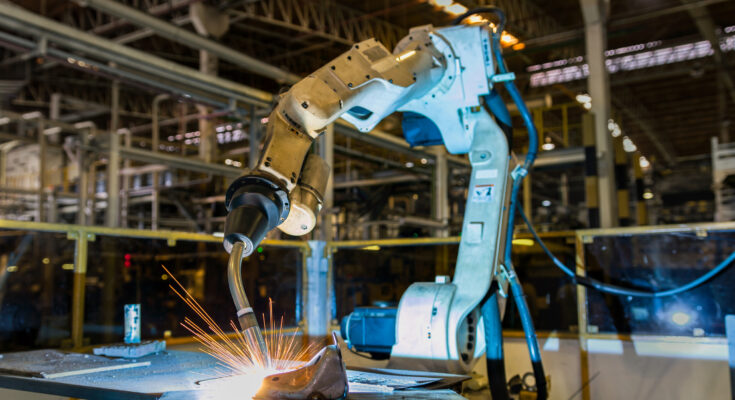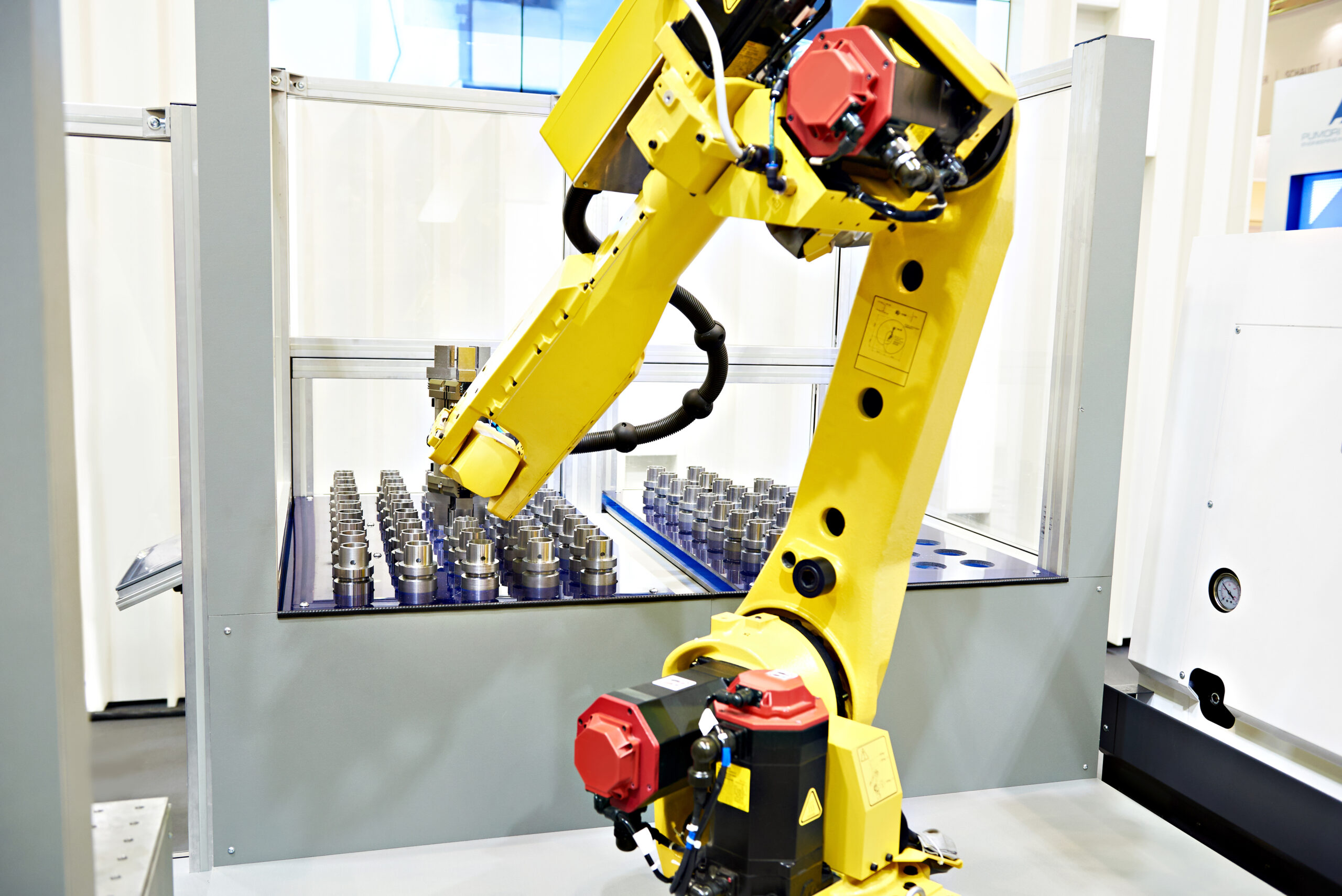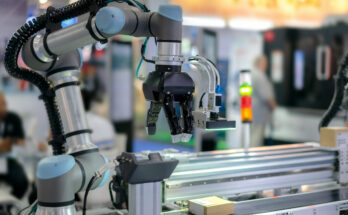Welding is a crucial process in many manufacturing environments. Robot welding is a tried and tested way to improve your process and there are various types.
At RoboDK, we have long celebrated the advantages of robot welding. Robots can help counteract many common challenges of welding, including skills shortages, weld quality, and consistency.
With the right robot and programming software, you can move to an automated welding process even if you have little to no robotics knowledge. But there are various decisions you need to make, including what type of robot welding you are using.
Let’s look at why we would use robot welding and explore some common types.
Where Are We At With Robotic Welding?
Over the years, robotic welding has undergone significant advancements both in technology and demand. It has been propelled from simplistic, repetitive welding tasks to complex, high-precision operations.
From the development of sophisticated robot sensors and algorithms to easy-to-use programming options that reduce barriers to entry, robot welding is now more accessible than ever.
A huge driver for robot welding is the presence of skills shortages within the job market. This is becoming a significant problem across the world.
Countries are implementing radical changes to combat the shortage, including refocusing goals of STEM education and investing in apprenticeships. However, these are longer term solutions.
Robots offer an immediate and powerful approach to combat welder shortages. They help you get the most from your existing skilled welders.
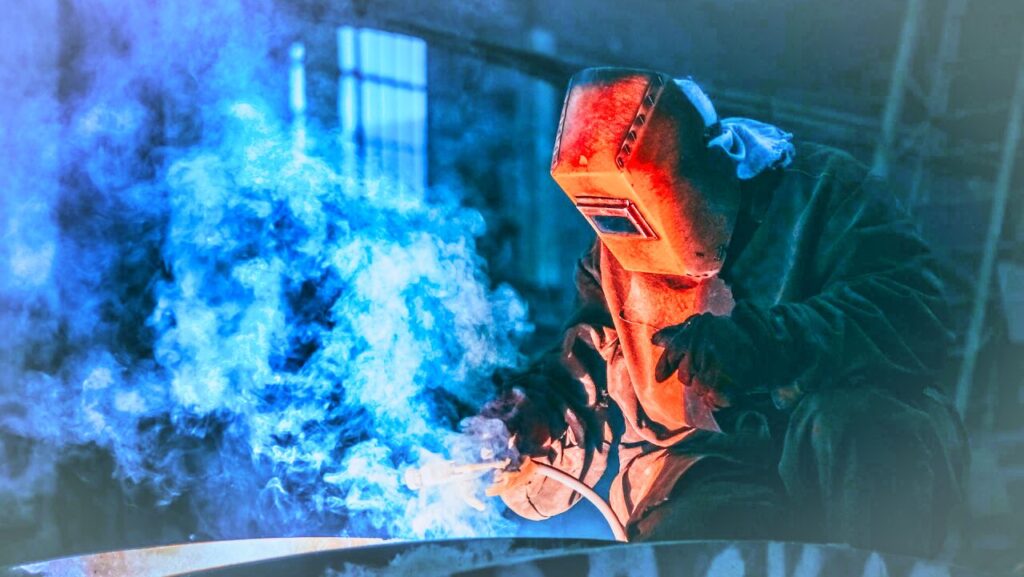
Benefits of Robotic Welding Over Manual
Robotic welding also brings many benefits over entirely manual welding.
Some benefits include:
- Improved weld quality — Robots can produce higher-quality welds than human as you can program the weld pattern exactly.
- Safer working — Welding can be a dangerous task for human workers. Moving it to a robot reduces the chances of danger for workers.
- Flexibility — With an intuitive programming interface, you can easily reprogram your robot for any new task.
- Consistent welds — A robot will reproduce the same weld pattern every time, making it more consistent than a human welder.
- Better use of talent — With only a few skilled welders on your team, you can use robots to scale your welding operation with a surprisingly short training time
With such benefits, it’s well worth finding out if robotic welding could work for you!
8 Common Types of Robot Welding You Might Use
There are various types of robotic welding, each suited to slightly different applications or setups.
Which you choose will depend on your specific needs. However, you can program all of them using RoboDK.
With the right robot and programming software, you can transition to an automated welding process even if you have little to no knowledge of robotics. However, there are various decisions you need to make, including what type of robot welding you are using. Offline Programming (OLP) is considered the best option for complex modern welding projects.
Let’s explore why robot welding is beneficial and delve into some common types.
1. Resistance Spot Welding
Resistance welding involves passing a strong electric current through two pieces of metal. This heats and melts the metal, forging the two pieces together.
Resistance spot welding, specifically, involves welding individual spots instead of a continuous line of weld. You would use a spot welding tool as the robot’s end effector.
2. Laser Welding
Laser welding uses a concentrated beam of high-energy light to melt and fuse the materials together. This method is highly precise and can be used to weld small, complex parts.
Robotic laser welding is often used in industries like electronics and medical device manufacturing.
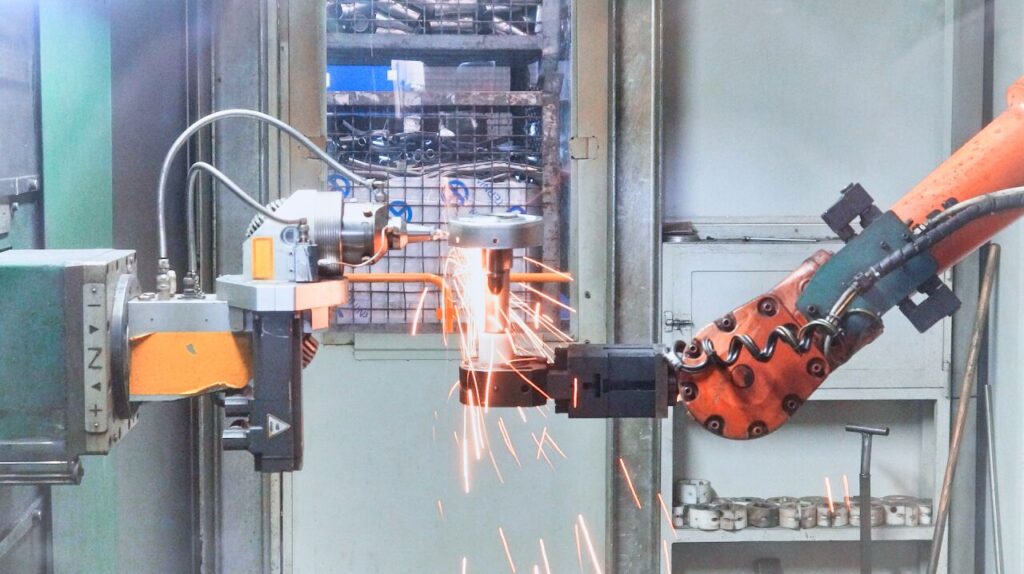
3. Hybrid Laser Welding
Hybrid laser welding combines laser light welding with arc welding. This method provides the deeper penetration of the laser welding with the superior gap bridging abilities of arc welding.
Robotic systems for hybrid laser welding are particularly useful for applications that provide high production speed and accuracy.
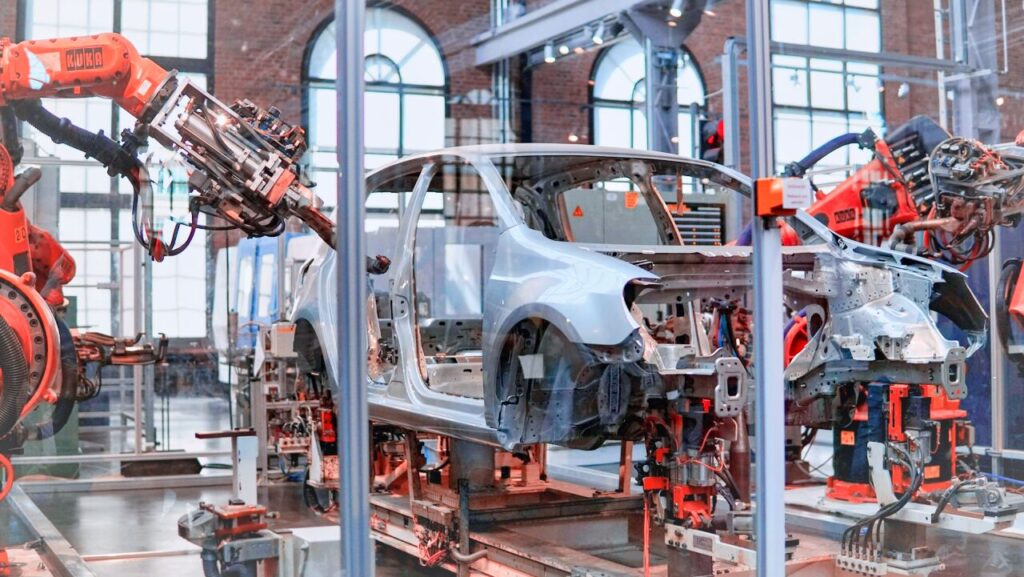
4. Shielded Metal Arc Welding (SMAW)
Shielded metal arc welding, or stick welding, uses a flux-coated electrode to create the weld. This method is known for its versatility and can be used on a variety of metals and alloys.
Robots using SMAW can benefit from adding image recognition to detect and repair cracks in the material.
5. Gas Tungsten Arc or Tungsten Inert Gas Welding (GTAW/TIG)
A highly common welding process, GTAW or TIG welding, uses a non-consumable tungsten electrode and a shielding gas to produce the weld. This method is known for producing high-quality, clean welds with an excellent aesthetic finish.
Robotic welding of this type is often used where weld quality is critical, such as aerospace and nuclear power plants.
6. Thin Gauge Arc Welding
Thin gauge arc welding is typically used for welding thin sheets of metal. This can introduce challenges, as thinner material requires a delicate approach.
When programming your robot welding, it may be a good idea to do extra physical testing to ensure the thin material doesn’t warp.
7. Plasma Welding
Plasma welding uses a constricted arc or plasma jet to melt the metal, creating a more focused, controlled weld. [It is related to TIG welding].
In the robotic tool, an electric arc forms between a tungsten electrode and the material, with a plasma gas to stabilize the arc and prevent oxidation.
8. Metal Inert or Active Gas (MIG/MAG) Welding
Finally, MIG or MAG welding are forms of gas metal arc welding that use continuously fed wire and a shielding gas.
Robotic MIG/MAG welding offers speed, efficiency, and adaptability, making it widely used across industries.
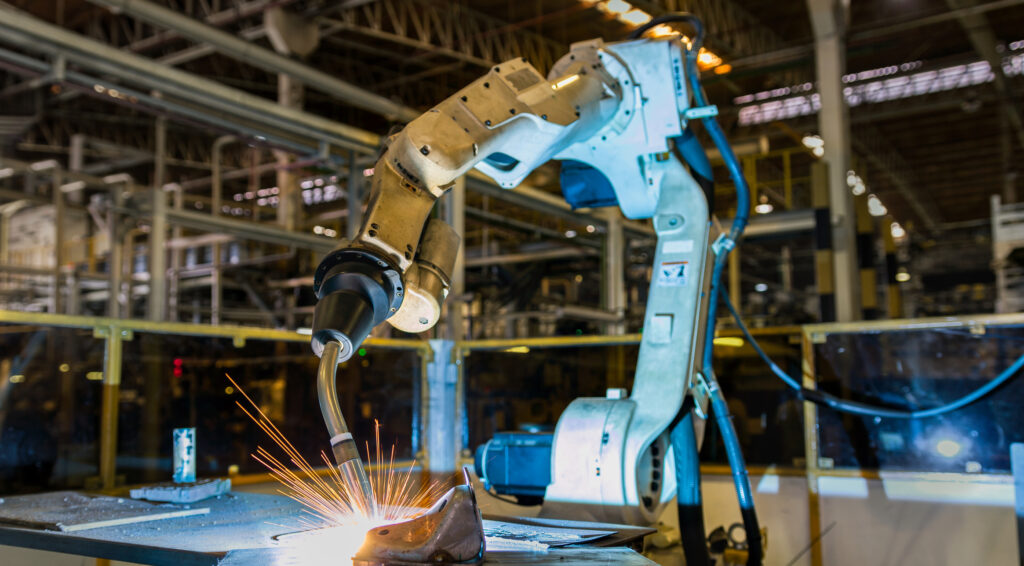
How to Program Robot Welding More Easily
Robotic welding has become an essential tool in various manufacturing industries. However, proper programming plays a pivotal role in ensuring its success. Let’s see some key considerations for programming robot welding more easily.
- Choosing the Right Robot and Software: Before you start programming, it’s essential to select the appropriate robot and programming software for your welding application. Ensure that the robot you choose meets the specific requirements of your welding project.
- Offline Programming (OLP): Consider using Offline Programming (OLP) for complex modern welding projects. OLP allows you to program and simulate your robot’s movements and welding tasks in a virtual environment, reducing the risk of errors during actual welding operations.
- Welding Cobots: In addition to OLP, welding cobots (collaborative robots) can simplify welding for end-users. These robots can work alongside human operators, offering increased flexibility and ease of use.
- Feedback and Synergic Functions: Modern welding sources provide valuable feedback on the welding process. They incorporate “synergic” functions that ensure stable weld quality. This feedback mechanism helps maintain consistent and high-quality welds, reducing the need for constant adjustments.
- Precise Calibration: Achieving the highest accuracy in weld position is crucial. Precise calibration of the welding cell and the use of machine vision systems can help ensure that your robot welds with exceptional accuracy
A good place to start is with a programming environment that supports robotic welding. Read more in our article The Simple Way to Flawless Robot Welding
What types of robot welding would you like to use? Tell us in the comments below or join the discussion on LinkedIn, Twitter, Facebook, Instagram, or in the RoboDK Forum.. Also, check out our extensive video collection and subscribe to the RoboDK YouTube Channel

